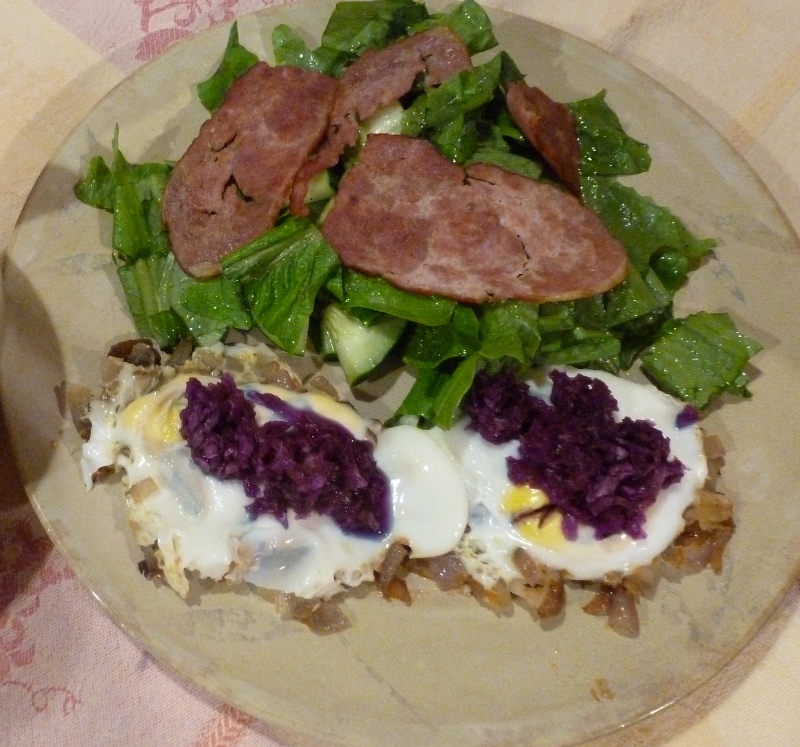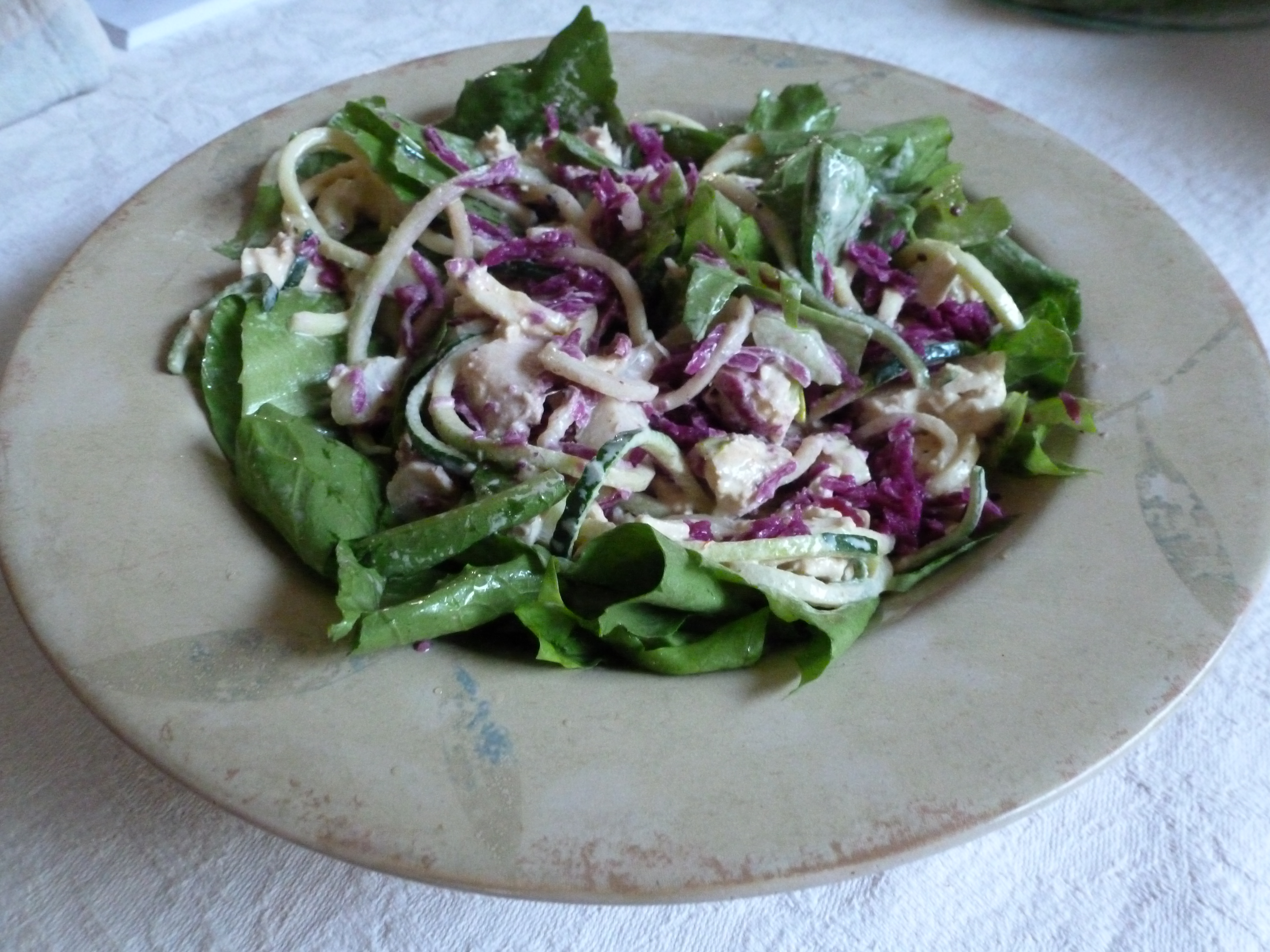No cooking required with this one. Just a few ingredients and a blender will do it. I use an immersion blender and blend this in a quart-sized wide-mouth glass jar. Serve with fresh berries or chopped fruit for a simple dessert.
Serves 4
2 Tbsp. ghee, melted
2 ripe bananas
1 tsp. vanilla extract
pinch of salt
Place all ingredients in a bowl or wide-mouth mason jar. Blend well with immersion blender. Serve over berries or fruit.


